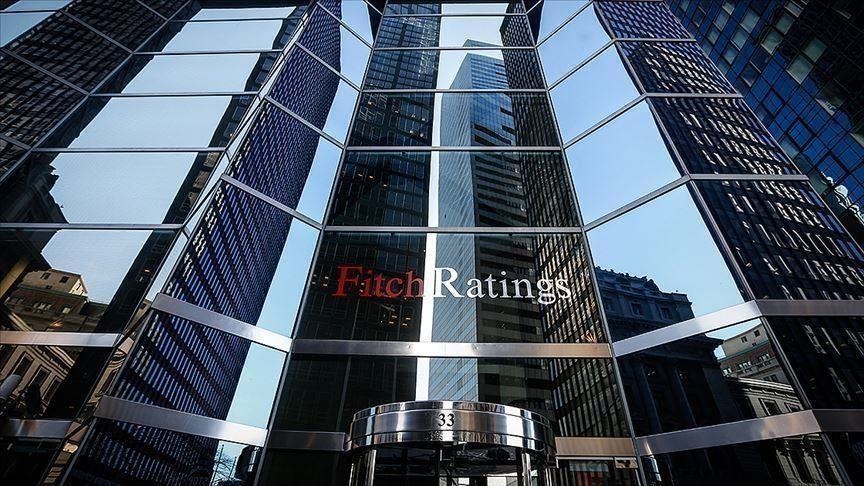In a recent statement, Fitch Ratings has raised its global GDP growth forecast, adjusting projections while simultaneously highlighting a notable slowdown in the US economy. This dual focus underscores a complex economic landscape characterized by reduced growth prospects globally, juxtaposed with a more uncertain and challenging environment in the United States.
### Global Economic Forecast
Fitch has increased its global GDP growth forecast for 2023 to 2.4%, revising it upward from an earlier estimate of 2.9% in 2022. The expectations for the coming years remain more muted, with growth projected to ease to 2.3% in 2024 and stabilize at 2.6% in 2027. These adjustments reflect a broader understanding of the international economic climate, influenced by various factors including trade policies and geopolitical uncertainties.
### US Economic Slowdown
In its analysis, Fitch pointed out an emerging slowdown within the US economy, particularly in the labor market. The indicators of this slowdown are visible in the “hard” economic data rather than just sentiment surveys—a significant shift that raises alarms about the resilience of the US economic engine. Brian Coulton, Chief Economist at Fitch, indicated that the evidence of this slowdown is becoming more concrete, suggesting a deteriorating economic environment.
The agency observed a pronounced deceleration in US job growth, which Fitch posits could prompt the Federal Reserve to more rapidly adjust its interest rate strategy. As part of its updated outlook, Fitch anticipates a series of 25 basis point rate cuts during the Fed’s upcoming meetings in September and December this year, along with an additional three cuts in 2026. This shift in monetary policy is designed to alleviate some pressure on an economy showing signs of strain.
### Impact on Inflation and Consumer Spending
Fitch has noted that while there has been some clarity surrounding US tariff policies, the impact of these tariffs is significant and continues to threaten global economic stability. The tariff-induced inflation, while currently described as “modest,” is projected to rise later this year, ultimately dampening real wage growth. This, in turn, is likely to affect consumer spending, which has already shown signs of slowing.
The widening fiscal deficit in the US is expected to support demand in 2026; however, Fitch believes that the average annual GDP growth rate for the US will remain below trend at around 1.6% for the coming year. The combination of reduced disposable income due to inflation and uncertainty surrounding employment conditions is expected to exert additional pressure on the US economy.
### Global Comparisons
Interestingly, the economic outlook varies across different regions. China’s growth forecast has been lifted to 4.7%, up from 4.2%, and the Eurozone’s forecast has similarly been increased to 1.1% from 0.8%. These upward adjustments indicate a relative strength in these regions compared to the US, which may reflect differing economic conditions and responses to inflationary pressures.
The positive revisions for China and the Eurozone stand in stark contrast to the touted deceleration in the US economy. This disparity is a critical area of focus for global investors who are assessing where to allocate resources in light of these changing dynamics.
### Future Considerations
As we navigate through these complex economic waters, it is essential to monitor how these forecasts play out and their implications for global markets. The ripple effects of a slowing US economy could impact global trade, investment, and foreign markets, particularly those that heavily rely on US demand. Moreover, the evolving policies from the Federal Reserve in response to these conditions will be crucial in determining the trajectory of economic recovery.
### Conclusion
Fitch Ratings’ decision to raise its global economic growth forecast while simultaneously anticipating a slowdown in the US encapsulates the current duality of the global economy. It is an indication of both optimism based on certain regions’ performance and caution in the face of a weakening US labor market. As markets respond to these projections, stakeholders are advised to prepare for a period of volatility and increased scrutiny of economic indicators moving forward.
Understanding these dynamics will be critical for businesses, policymakers, and investors alike as they navigate the uncertain path ahead in the global economic landscape.
Source link








